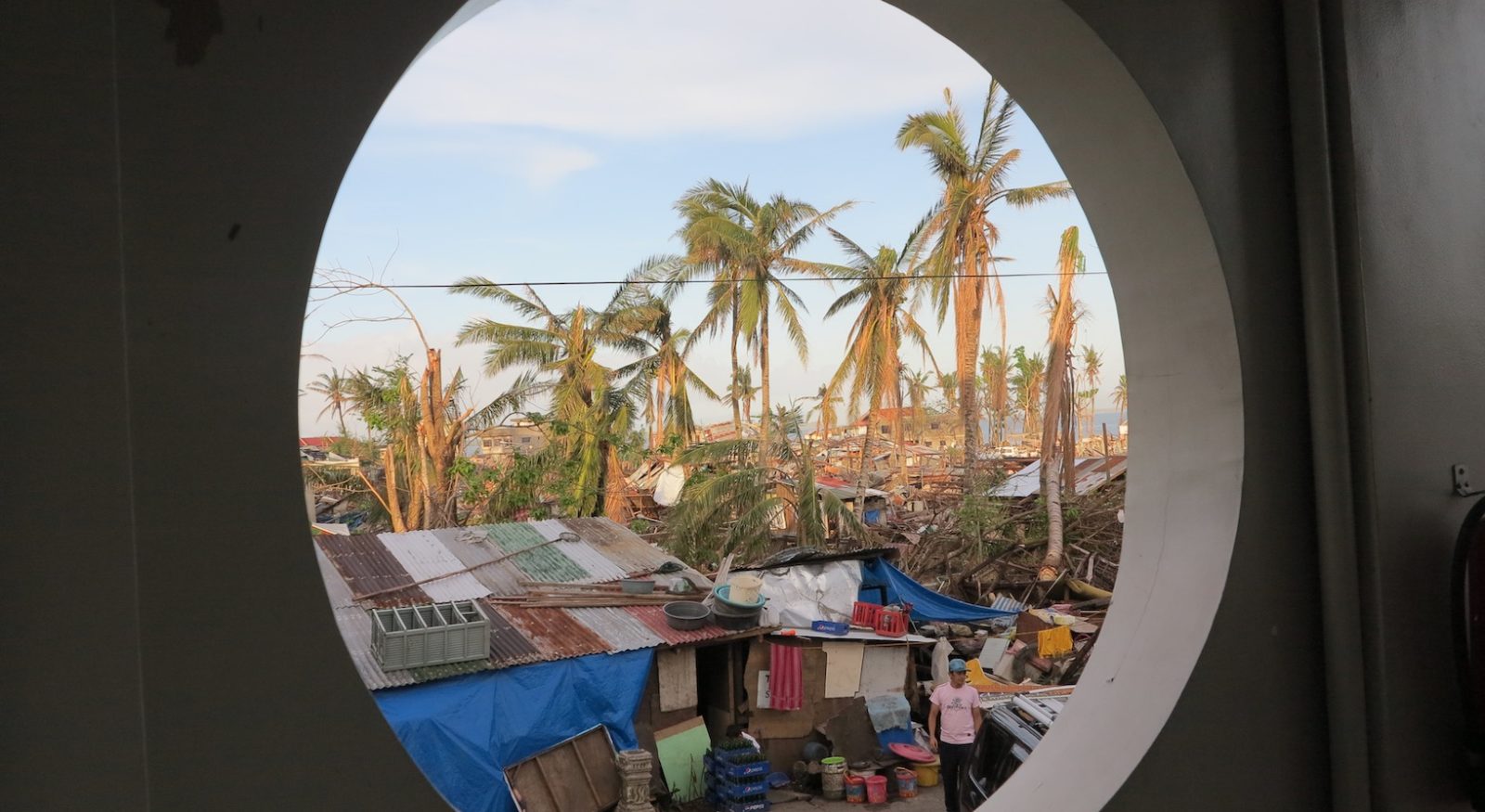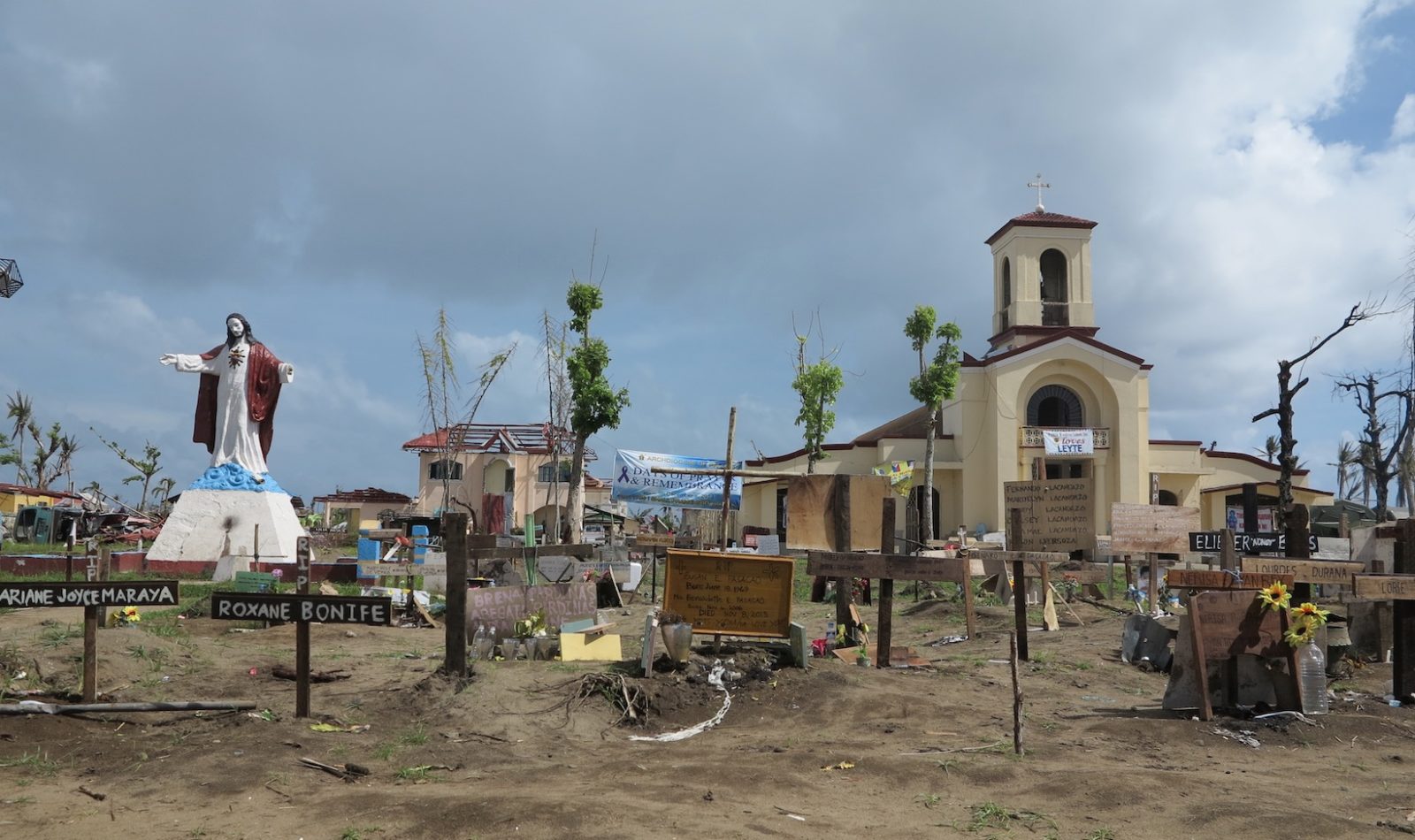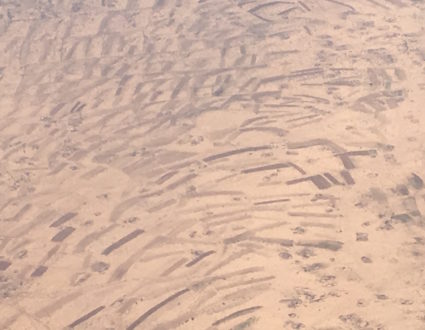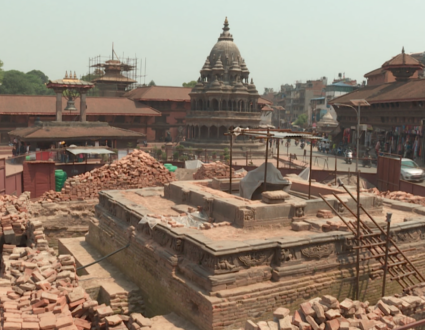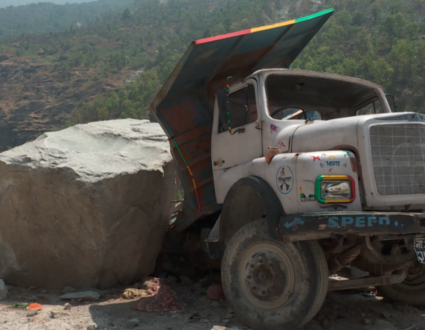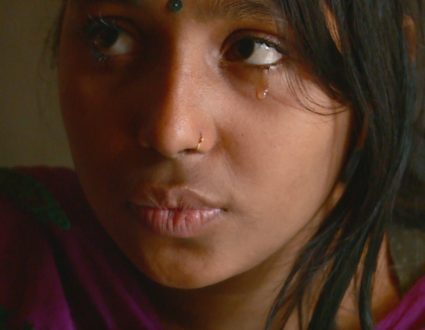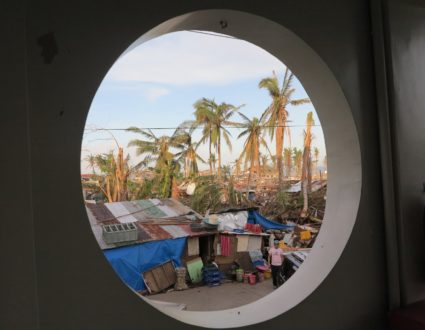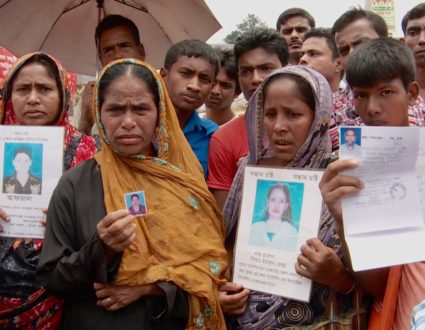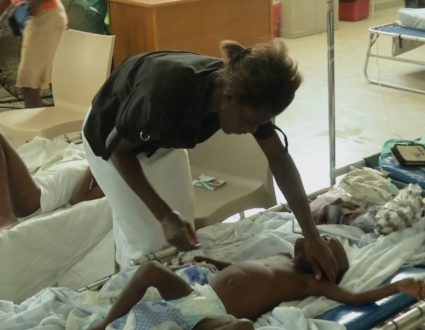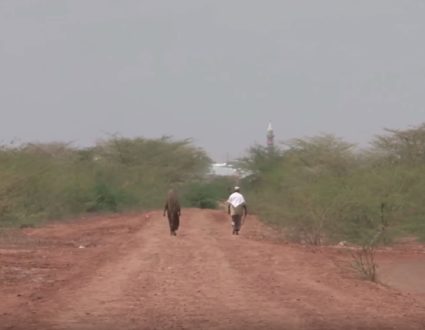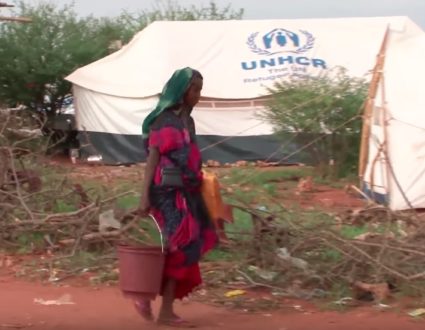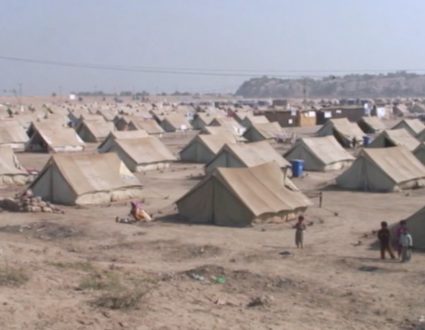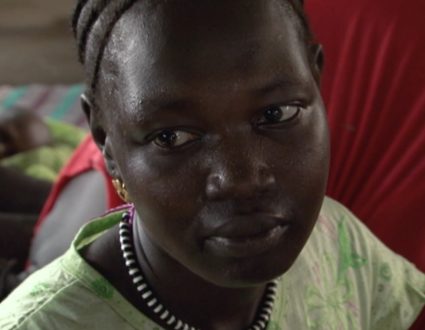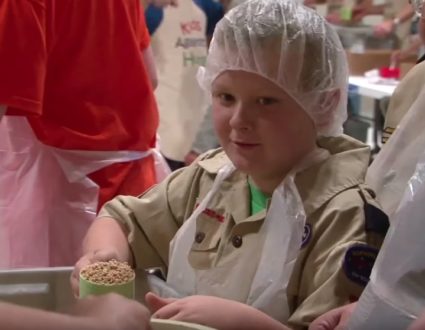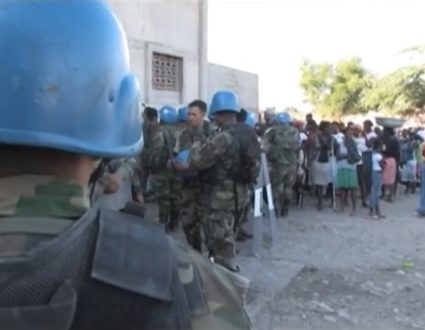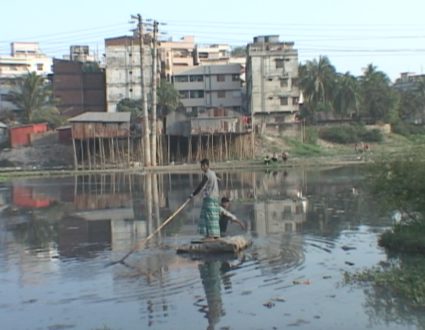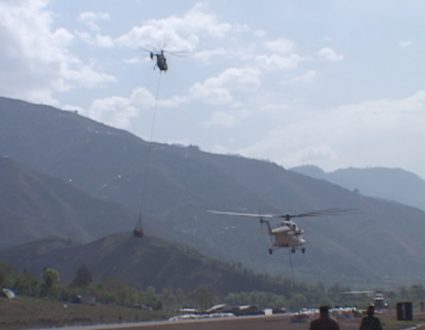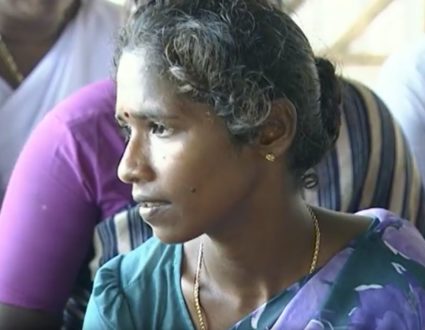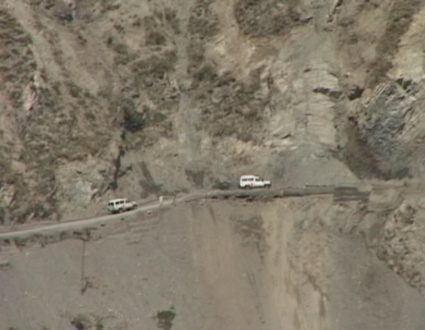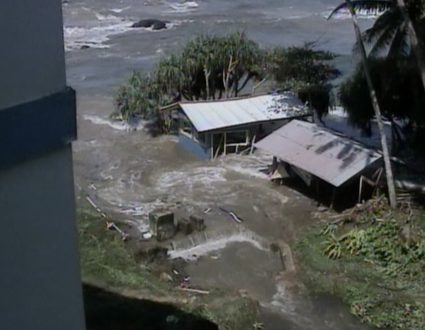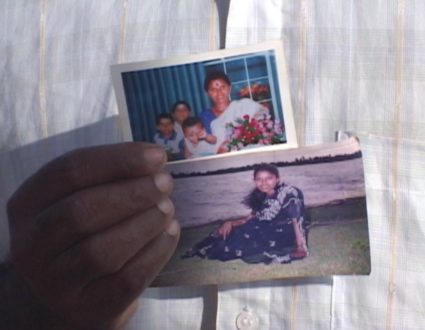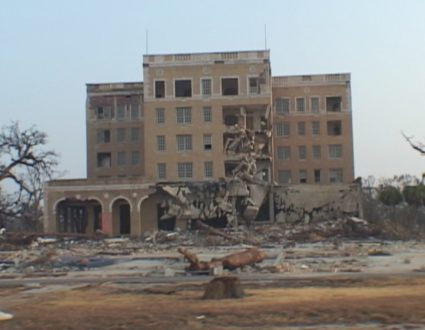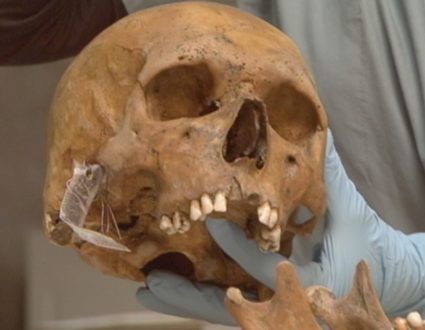GWEN IFILL: Secretary of State John Kerry announced today the United States will provide $25 million in additional aid to help the Philippines recover from the devastating typhoon that struck that country last month.
Kerry visited hard-hit Tacloban, and also spoke of the need to act to prevent global warming and extreme weather.
Special correspondent Fred de Sam Lazaro is in the Philippines and filed this report on the recovery effort.
FRED DE SAM LAZARO: Tacloban, the typhoon zone’s main city, remains under a thick blanket of debris, rubble and downed trees. Many of the 1,800-plus people still listed as missing were trapped underneath.
The tally of bodies still being recovered is in the dozens each week. By now decomposed well beyond recognition, they are added to the confirmed death toll of more than 6,000. Five weeks after Haiyan, or Yolanda, as the Philippines named the epic typhoon, relief workers say there has been progress, even though it’s hard to see at first glance.
Elizabeth Tromans is with Catholic Relief Services.
ELIZABETH TROMANS, Catholic Relief Services: I can see a lot more roofs on buildings, I can see a lot more partially damaged walls that have been patched up with a tarp or with salvaged iron sheeting that used to be on top of roofs. You can hear the chain saws buzzing in the background. There’s lots of lumber being cut up, so it’s opening up even more areas. Just, it’s — it’s every day.
FRED DE SAM LAZARO: Families like the Briones, Ronald, his wife, Magnolia, her mother and two teenage sons, have returned to the spot where once stood their modest two-story home. All but a twisted heap of electronic plastic and rebar was washed out to sea.
Washed ashore when they returned, one almost next door to them, were several cargo ships containing loads of cement. But the Briones family’s most basic needs, so desperately lacking in the early days, are now being met.
MAGNOLIA BRIONES, Typhoon Victim (through interpreter): We get rice, fish, some vegetables, noodles, and sardines.
FRED DE SAM LAZARO: The food comes not from a market, but from what seems like a typhoon of food aid.
Twenty-four hours a day, seven days a week in this temporary warehouse, there are some 200 volunteers from the community preparing care packages for an estimated 2.5 million to three million mouths that need to be fed every single day.
The volunteers are supervised by staff from the Philippine Department of Social Welfare. Soldiers help sort and pack other consignments in a nearby building. If there’s a go-to person here, it’s Oliver Bartolo. He’s not with any aid agency or the government, but on loan, as its contribution to the relief effort, from UPS, United Parcel Service.
Bartolo arrived a week after the disaster, tasked to bring coherence to the chaos, he says.
OLIVER BARTOLO, UPS: Most of the incoming relief goods, they were just unloaded in the warehouse, and just stacked And without any dates in it, no labeling, so That it would be hard for us to track down what has come first that needs to comes out first also.
FRED DE SAM LAZARO: You have a real hard time knowing what you have in this?
OLIVER BARTOLO: Right. Right. That’s correct. And it’s hard to coordinate.
FRED DE SAM LAZARO: Bartolo has begun to do that now with a 10-member team, including people from other freight companies. They have brought equipment, trucks and forklifts, and, as Filipinos, critical expertise.
MAN: We have now got, it seems, a surplus of empty containers at the port.
FRED DE SAM LAZARO: On this day, an official with the U.N.’s World Food Program need empty freight containers cleared away at Tacloban’s small port. New shipments of the critical staple rice were due in soon, and Bartolo promised to speak to the official in charge.
OLIVER BARTOLO: I can speak to her, and probably we can find a place where we can put all those empty containers.
FRED DE SAM LAZARO: With so little time and space and so much need, the Food Program’s Tommy Thompson says Bartolo’s team has shortened delivery times by days.
TOMMY THOMPSON, World Food Program: What they provide is, they provide us local expertise. And that’s the thing, because we’re really in a race against time. They can alert us to the way systems work in a country. So we now know how to import, how things should be labeled to come into countries so that they don’t get delayed by customs.
FRED DE SAM LAZARO: Back at the warehouses, Bartolo’s big challenge is to ship things out without delay. He worries a lot of it is in danger of rotting in the heat and humidity.
OLIVER BARTOLO: Especially the rice. In the afternoon, there’s always a downpour. And we’re afraid that some of the roofings of the warehouse are not yet repaired, so there are leaks.
FRED DE SAM LAZARO: For now, relief officials say at least the most basic food need is being met. The ongoing challenge will be to keep replenishments moving in and out swiftly.
The next priority for many in the recovery effort is sanitation, everything from latrines to toiletry essentials.
ELIZABETH TROMANS: It’s intended to last one month for a family of five.
FRED DE SAM LAZARO: But Catholic Relief Services’ Elizabeth Tromans says people are beginning to look beyond their most basic daily needs.
ELIZABETH TROMANS: The thing that we’re hearing over and over and over again is shelter. Shelter is our priority. So many people lost their homes. And so CRS right now is — in the first month, we have been focusing on just emergency shelter. We have been giving a tarp, a strong, sturdy tarp along with some nails and some tools, so that people can erect something very, very simple to have a closed structure around them and their families.
FRED DE SAM LAZARO: The Briones and neighbors who’ve lived in this informal waterfront shantytown for decades may never get beyond that makeshift housing.
The government has declared this low-lying land off-limits to housing in the future to protect people from storms. But Magnolia Briones is not sure where they could go. In this densely populated Visayan region, there’s little land to be had, and, as simple laborers, they couldn’t afford it anyway — not that staying here is worry-free, especially for their 14-year-old son, Ronald Jr., who has nightmares and sleeps clinging to his parents.
MAGNOLIA BRIONES (through interpreter): He’s scared of the big waves, worried that a boat will slam into us.
FRED DE SAM LAZARO: It’s hard to imagine, but this family is still better off than tens of thousands who remain in evacuation centers, in tents, a handful even on the cement ships, now firmly beached, their hulls a mass of hardened concrete.
GWEN IFILL: Fred’s reporting is a partnership with the Under-Told Stories Project at Saint Mary’s University in Minnesota.
A City in Ruin
Five weeks after Typhoon Haiyan, relief workers say there has been progress, even though it’s hard to see at first glance. The city of Tacloban remains under a blanket of debris, but survivors’ basic needs are now being met. Special correspondent Fred de Sam Lazaro looks at efforts to keep the aid process moving.
Related Links: Catholic Relief Services,UN Humanitarian Affairs
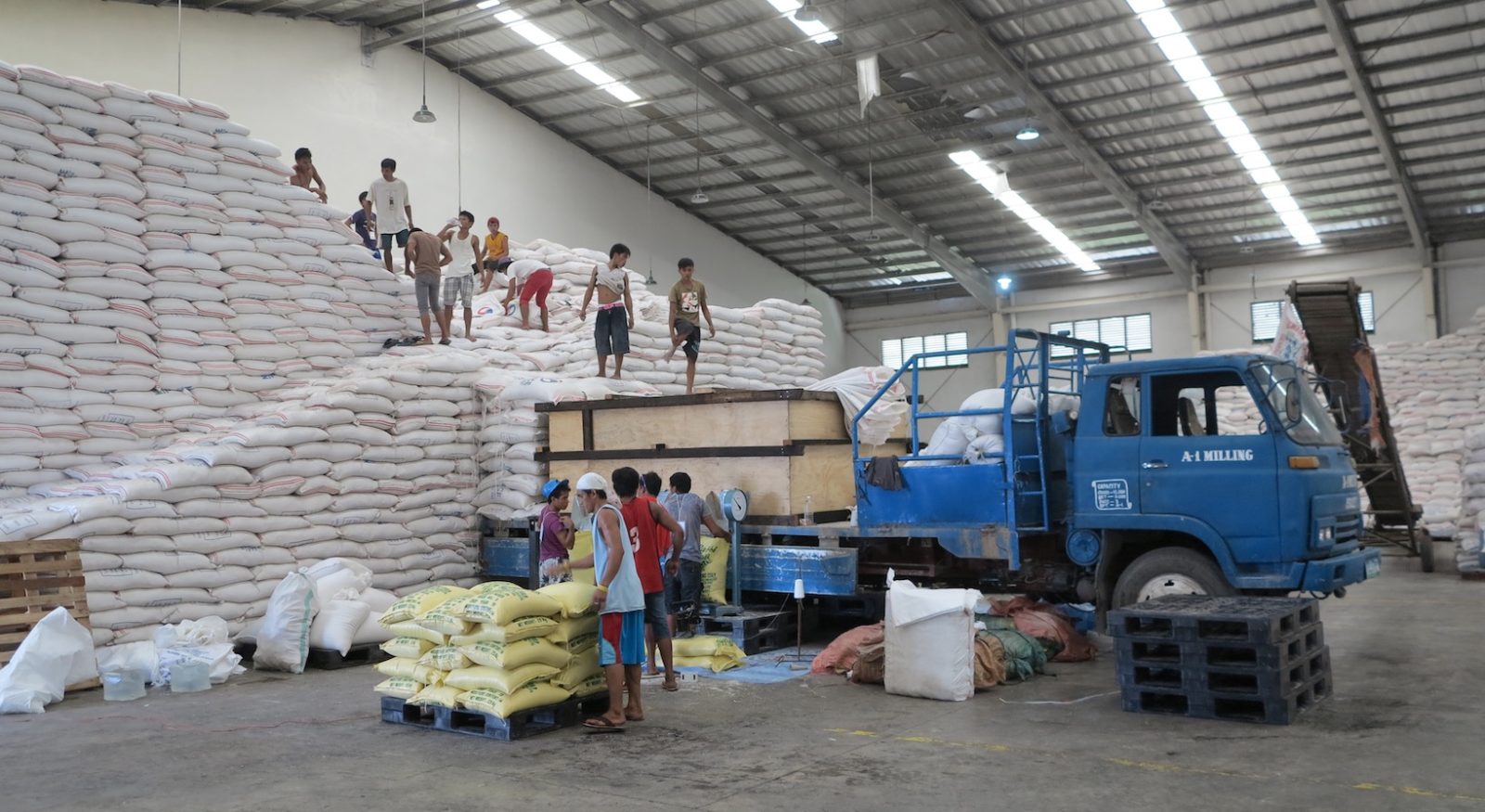
Distributing Aid
OLIVER BARTOLO
“Most of the incoming relief goods, they were just unloaded in the warehouse, and just stacked And without any dates in it, no labeling, so that it would be hard for us to track down what has come first that needs to comes out first also.”
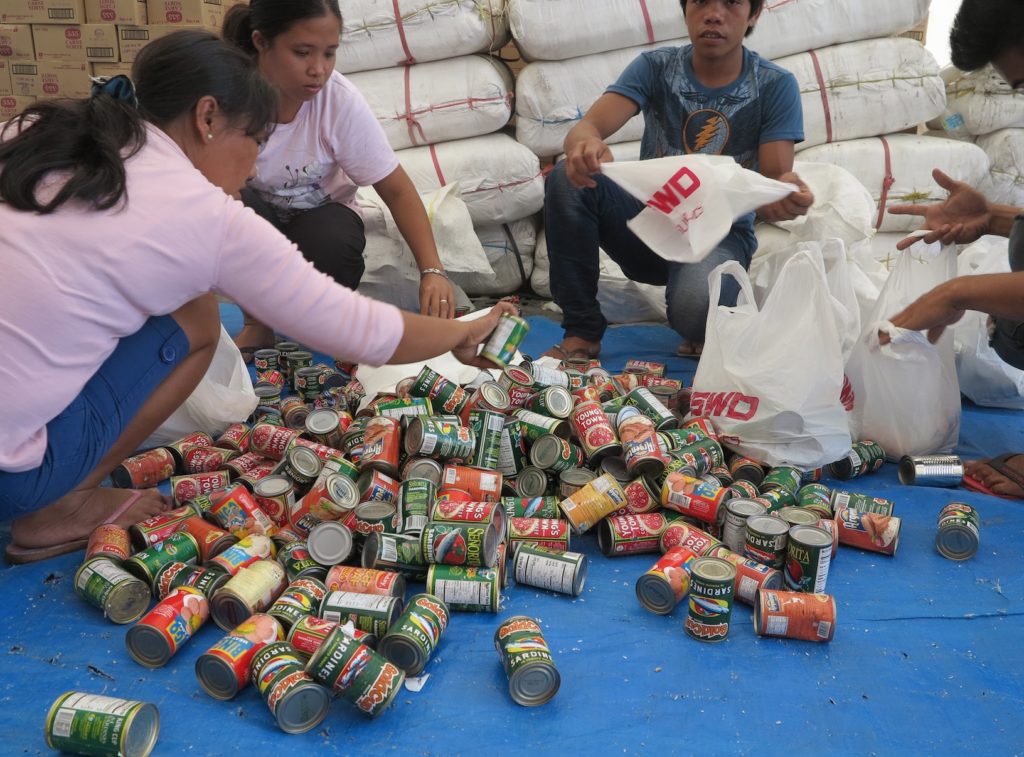

Finding Shelter
ELIZABETH TROMANS
“The thing that we’re hearing over and over and over again is shelter. Shelter is our priority. So many people lost their homes. And so CRS right now is — in the first month, we have been focusing on just emergency shelter. We have been giving a tarp, a strong, sturdy tarp along with some nails and some tools, so that people can erect something very, very simple to have a closed structure around them and their families.”
